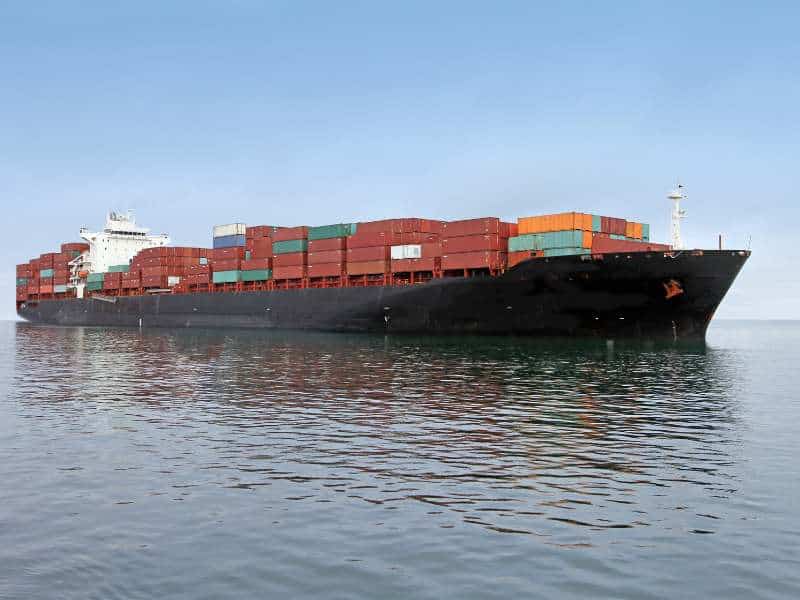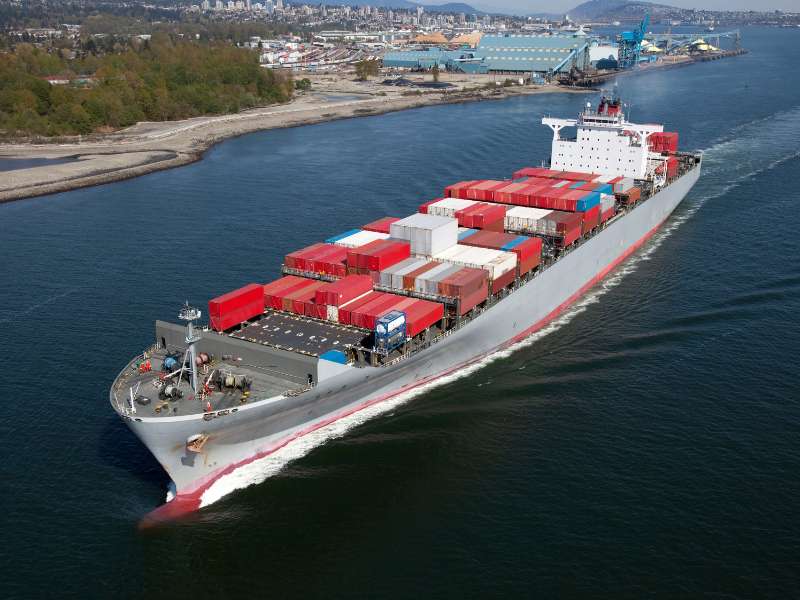For companies striving to optimize their delivery and logistics processes, navigating the complex terrain of USA shipping charges can be an intimidating undertaking. It is critical to make well-informed decisions regarding freight forwarders, USA shipping charges, and international shipping fees to the USA, as these aspects are influenced by a multitude of factors. In this guide, Xiongda will discuss how to select an appropriate transportation provider, thereby guaranteeing operational efficiency and cost-effectiveness.

What Constitutes USA Shipping Charges?
Comprehensibility of USA shipping charges necessitates an in-depth examination of the composite expenses linked to the transportation of products on an international and domestic level. Fundamentally, these charges comprise an assortment of levies imposed by carriers, freight forwarders, and logistics service providers in order to compensate for the costs associated with the movement of goods between destinations. Fuel surcharges, supplementary services such as tracking and insurance, and base rates established on package weight, dimensions, and distance traveled are commonly incorporated into the cost of transportation for domestic shipments within the United States.
The complexity increases when considering international shipping fees to the United States. Customs duties and taxation imposed by the destination country must be accounted for by businesses; these factors can have a substantial impact on the total cost. Furthermore, the urgency of delivery, the mode of transportation (eg, door-to-door, port-to-port), and the level of service chosen all impact international freight rates. The cost of international shipping takes into consideration the logistical complexities associated with traversing varied landscapes and complying with numerous regulatory standards.
Factors Influencing USA Shipping Charges
There are numerous critical factors that significantly impact USA shipping charges, therefore, it is imperative that organizations comprehend these components when assessing USA shipping charges within the United States. These factors guarantee that the choice of a shipping provider is in accordance with both financial and operational objectives.
1. Shipments’ weight and volume are significant factors that contribute to the determination of shipping expenses. Dimensional weight calculations are frequently employed by carriers to factor in the amount of space a shipment requires relative to its actual weight, thereby influencing the total cost.
2. The distance between the point of departure and point of arrival of a cargo has a substantial impact on the cost of goods. Expenses associated with cross-country shipping are generally elevated as a result of the augmented gasoline usage and duration required. International shipping costs to the United States incorporate not only the distance covered but also supplementary logistical obstacles.
3. The selection of transportation mode—air, sea, road, or rail—has a significant influence on the overall expenses associated with cargo. Although air freight is typically more expensive than ground or sea options, which offer reduced rates for heavier, less time- sensitive products, it is also faster.
4. Fuel Costs: Varies in fuel prices have a direct impact on shipping expenses, as any increases are frequently reflected in the form of fuel surcharges, which are passed on to the consumer.
5. Customs and Duties: Import fees, customs duties, and taxes can substantially increase the overall cost of international dispatches. These are determined by the nature and value of the commodity, as well as the regulations of the destination nation.
6. Special handling and services may incur an additional charge, including expedited shipping, insurance, monitoring, and the management of hazardous or fragile materials. In the United States, logistics service fees also account for these supplementary services, which are critical for specific categories of merchandise .
7. Seasonal Variations: Demand surges during peak shipping seasons may result in elevated shipping charges as carriers attempt to accommodate the greater quantity of products undergoing transportation.

Choosing the Right Shipping Provider
1. Determine Your Shipping Requirements
Commence by acquiring a comprehensive comprehension of your shipping specifications. The frequency of shipping, the average size and weight of your cargo, the destination points (both domestic and international), and any special handling requirements should all be taken into account. This evaluation will aid in the process of identifying service providers who possess exceptional capabilities in meeting your unique logistics requirements.
2. Conduct Provider Capabilities Research
Assess the capabilities of prospective transportation providers by examining their network coverage, available delivery speed options, reliability metrics, and range of services provided. Geographically, providers who specialize in cross-country shipping costs or offer competitive international shipping rates to the United States may present favorable circumstances in light of your shipping patterns.
3. Assessing Customer Service and Support
In the context of logistics challenges, the caliber of customer service and support is of the utmost importance. One should seek out service providers who have a solid standing for providing prompt, helpful customer service and resolving issues in a timely manner.
4. Pricing and Flexibility
When assessing USA shipping charges, it is critical to consider factors other than the base rates. Take into account the comprehensive value proposition, which encompasses pricing flexibility, volume-based shipping discounts, and the absence of concealed charges. The presence of a transparent pricing structure indicates that the provider is dependable.



